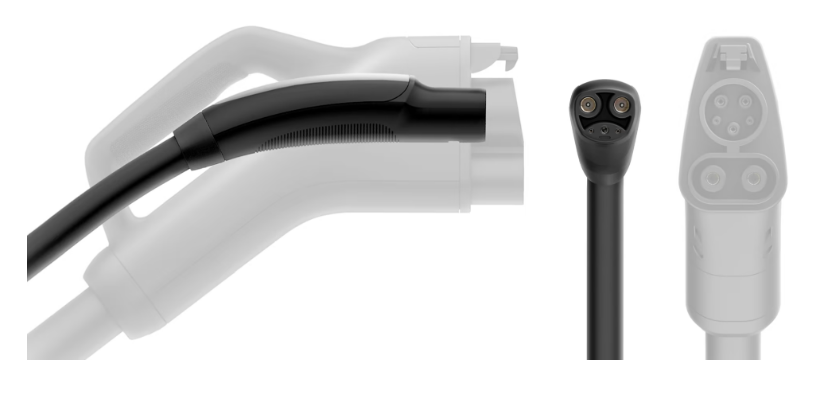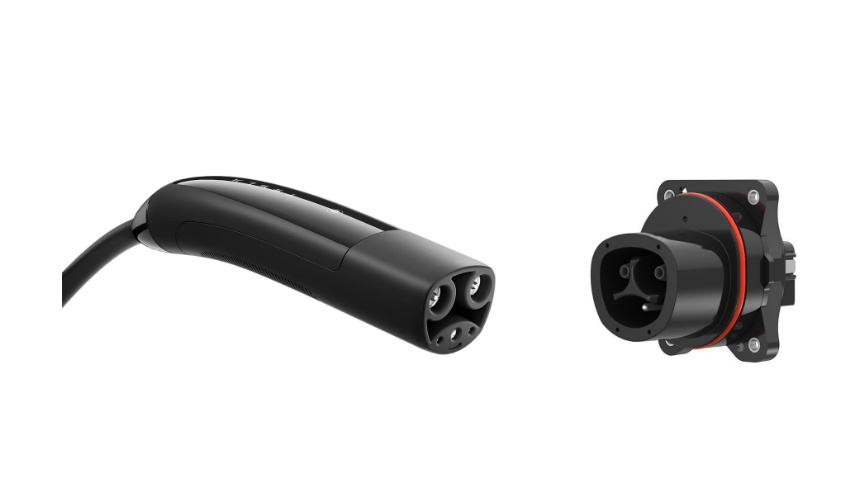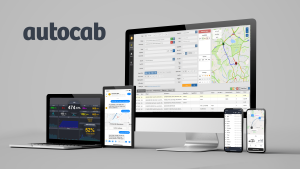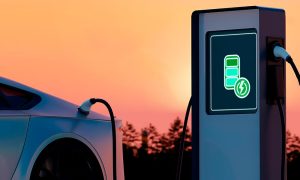Beyond the natural competition that exists between brands that cover the same market, the common goal of massifying electromobility and contributing to the environment has prompted them to work in the same direction.
This is the case of Blink Charging and ChargePoint, companies that will launch chargers for electric vehicles with Tesla‘s charging connector.
According to a report by Reuters news agency, Blink, ChargePoint and Tritium reported that they will offer chargers with Tesla‘s connector, to the detriment of the standard Combined Charging System (CCS) connector.

Related content: BYD Launches New Brand for Low-Emission Vehicles
All in the Same Direction
General Motors (GM), one of the largest U.S. automakers, announced that it would join Ford in adopting the North American Charging Standard (NACS) port previously owned by Tesla, which will dominate 60% of the electric vehicle market in the country with the partnerships.
According to specialists in the field, Tesla‘s NACS is more compact and lighter, making it easier for automakers to use.
The company EVgo, which already offered Tesla connectors in 2020, said in a statement that it will expand its NACS connectors to its fast-charging network in the United States.
ChargePoint, meanwhile, said it will introduce a NACS connector option for its products and upgrades for chargers already in service.
Meanwhile, Australia-based Tritium revealed that it will add the NACS connector to its chargers in the U.S. and other markets that choose to adopt it.
Blink in the Final Phase
Blink‘s new direct current (DC) fast charger, which offers NACS and CCS, is already in the final stages of design, according to company report.
“Given the recent announcements from Tesla, GM and Ford, we are clearly witnessing the continued evolution of the electric vehicle charging industry as technologies advance and industry stakeholders come together and evaluate best practices,” Blink said.
Brokerage Piper Sandler expects Tesla‘s revenue from its charging network to reach $9.65 billion by 2032, with more than half of sales coming from other electric vehicle manufacturers using the network.







